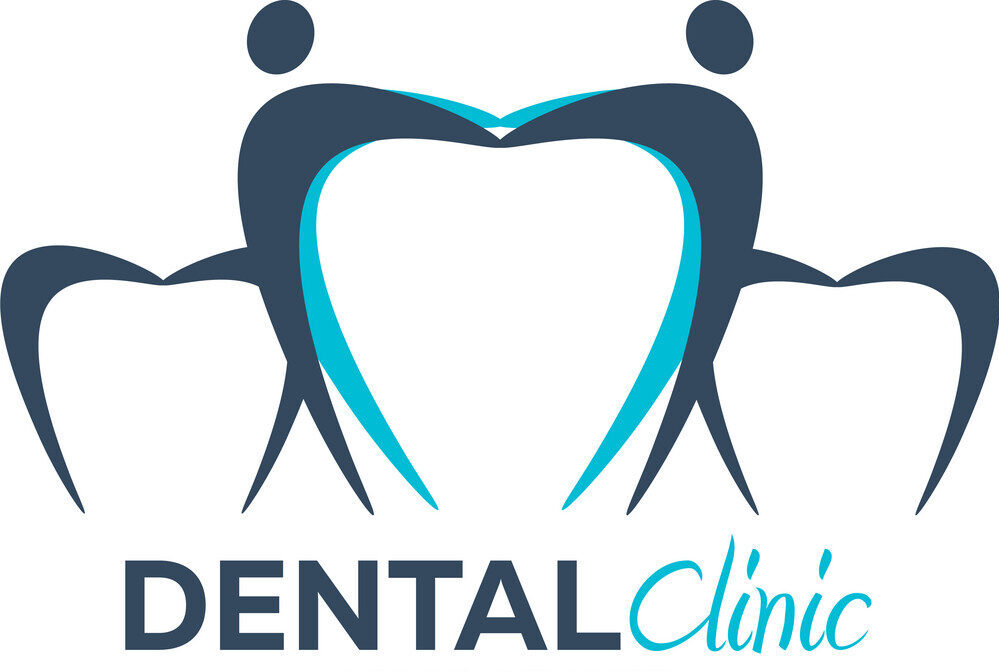Here is the list of the Top Cosmetic Dentists in Virginia city, USA.
Cosmetic dentists
Dr. Michael A. Simon
2500 East Hallandale Beach Blvd Suite 700 Hallandale Beach, FL 33009
Broward County, FL
West Virginia
West Virginia
West Virginia
Virginia
Virginia
Virginia
Virginia
Virginia
New York
How do Dentists Restore Severely Decayed Teeth?
Restoring severely decayed teeth is a critical aspect of dental care that aims to preserve the tooth’s structure and functionality while preventing further decay or loss. This comprehensive guide will explore various methods used by dentists to restore severely decayed teeth, focusing on the most effective techniques and their benefits. Additionally, a FAQ section will address common questions regarding dental restorations.
Understanding Tooth Decay
Tooth decay occurs when bacteria in the mouth produce acids that erode tooth enamel, leading to cavities. If left untreated, decay can progress deeper into the tooth, affecting the dentin and pulp, resulting in severe damage. Factors contributing to tooth decay include:
- Poor oral hygiene
- High sugar diets
- Lack of regular dental check-ups
- Certain medical conditions
Methods of Restoring Severely Decayed Teeth
Dentists employ various restoration techniques depending on the extent of decay and the condition of the tooth. Here are some common methods:
1. Fillings
Fillings are typically used for minor to moderate decay. The dentist removes the decayed portion of the tooth and fills it with materials such as composite resin, amalgam, or glass ionomer. This method is quick and can often be completed in one visit.
2. Inlays and Onlays
When decay is more extensive but does not require a full crown, inlays or onlays may be used. These are custom-made restorations that fit into or over the tooth structure, providing additional support and protection. They are often made from porcelain or composite materials, offering aesthetic advantages.
3. Crowns
For severely decayed teeth where significant structure is lost, crowns are an effective solution. A crown encases the entire tooth, restoring its shape, size, and function. Crowns can be made from various materials, including porcelain, metal, or a combination of both.
4. Root Canal Therapy
If decay has reached the pulp of the tooth, a root canal may be necessary. This procedure involves removing infected tissue from inside the tooth and sealing it to prevent further infection. After a root canal, a crown is usually placed on the tooth for protection.
5. Dental Implants
In cases where a tooth is beyond saving due to severe decay or damage, dental implants may be recommended. An implant replaces the entire tooth structure, including the root, providing a strong foundation for a prosthetic tooth.
6. Cuspal Restoration
Cuspal restoration is particularly useful for molars and premolars that have extensive decay affecting their cusps. This technique reinforces or rebuilds the cusps using durable materials like composite resins or porcelain. It helps restore functionality while preserving as much natural tooth structure as possible.
Benefits of Dental Restoration
Restoring severely decayed teeth offers numerous benefits:
- Preservation of Natural Teeth: Restoration techniques aim to save as much of the natural tooth as possible.
- Improved Functionality: Restored teeth allow for normal chewing and speaking functions.
- Aesthetic Improvement: Modern materials can closely match natural teeth in color and appearance.
- Prevention of Further Decay: Effective restoration prevents bacteria from causing additional damage.
Table: Comparison of Tooth Restoration Methods
| Method | Description | Best For | Material Options |
|---|---|---|---|
| Fillings | Quick repair for minor decay | Small cavities | Composite resin, amalgam |
| Inlays/Onlays | Custom restorations for moderate decay | Larger cavities without full crown needed | Porcelain, composite |
| Crowns | Full coverage for severely damaged teeth | Extensive decay | Porcelain, metal |
| Root Canal Therapy | Removal of infected pulp | Deep decay affecting pulp | Sealing material + crown |
| Dental Implants | Replacement for lost teeth | Irreparable damage | Titanium (implant) + prosthetic |
| Cuspal Restoration | Reinforcement of cusps in molars/premolars | Severely decayed molars/premolars | Composite resin, porcelain |
FAQ Section
What happens during a dental filling procedure?
During a filling procedure, the dentist removes decayed tissue from the tooth and cleans it before filling it with restorative material.
How long do dental restorations last?
The longevity of dental restorations varies by type; fillings may last several years while crowns can last over a decade with proper care.
Is cuspal restoration painful?
Cuspal restoration is generally not painful as local anesthesia is used during the procedure to ensure patient comfort.
Can I eat after getting a filling?
It’s advisable to wait at least an hour before eating after receiving a filling to allow it to set properly.
Are there any risks associated with dental restorations?
While complications are rare, risks include sensitivity, infection at the site of restoration, or failure of the restoration itself.
For more detailed information about dental restorations and their procedures, you can refer to CDC Dental Health.
This comprehensive guide provides an overview of how dentists restore severely decayed teeth through various methods tailored to individual needs while ensuring optimal oral health outcomes.

